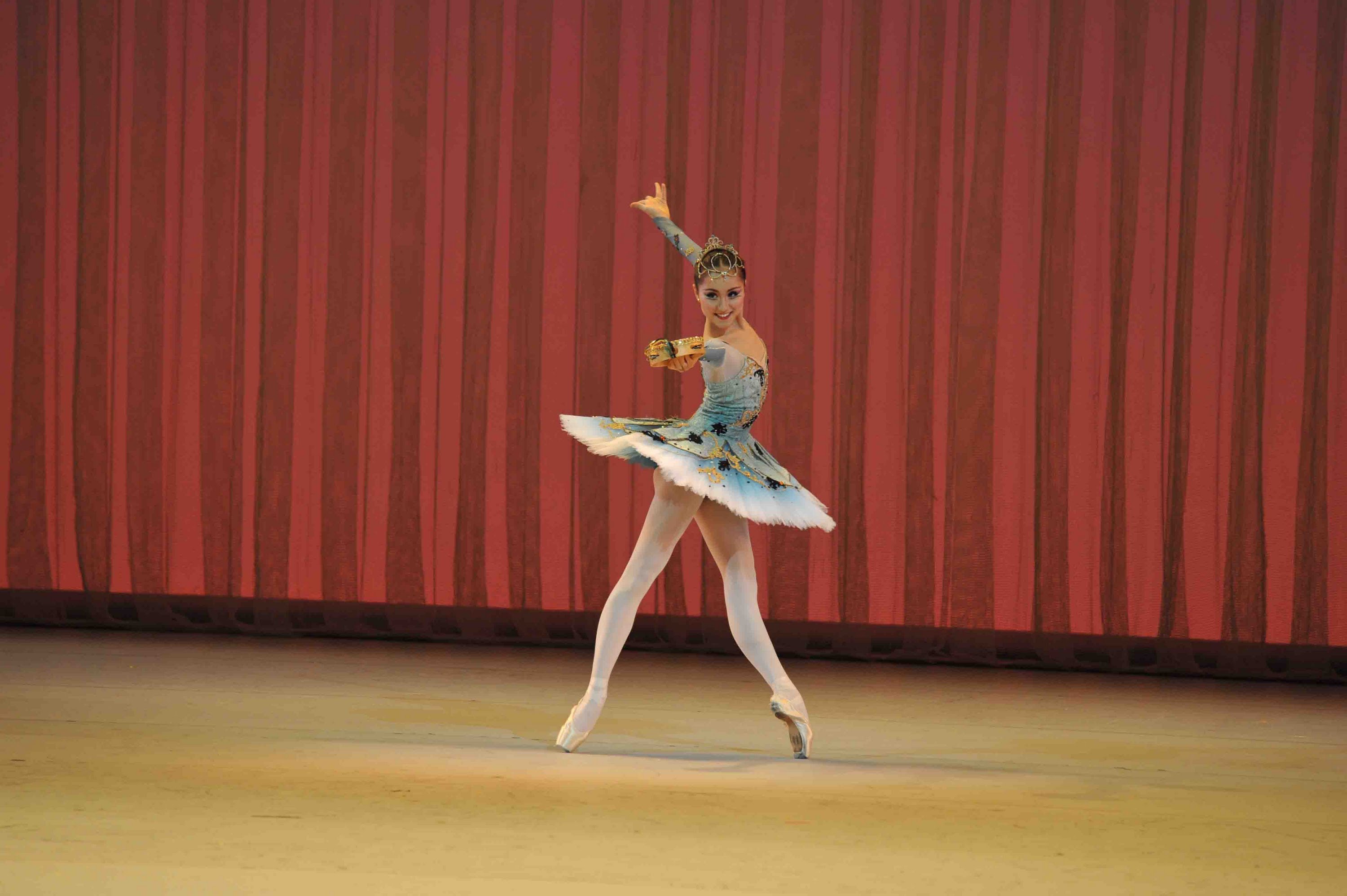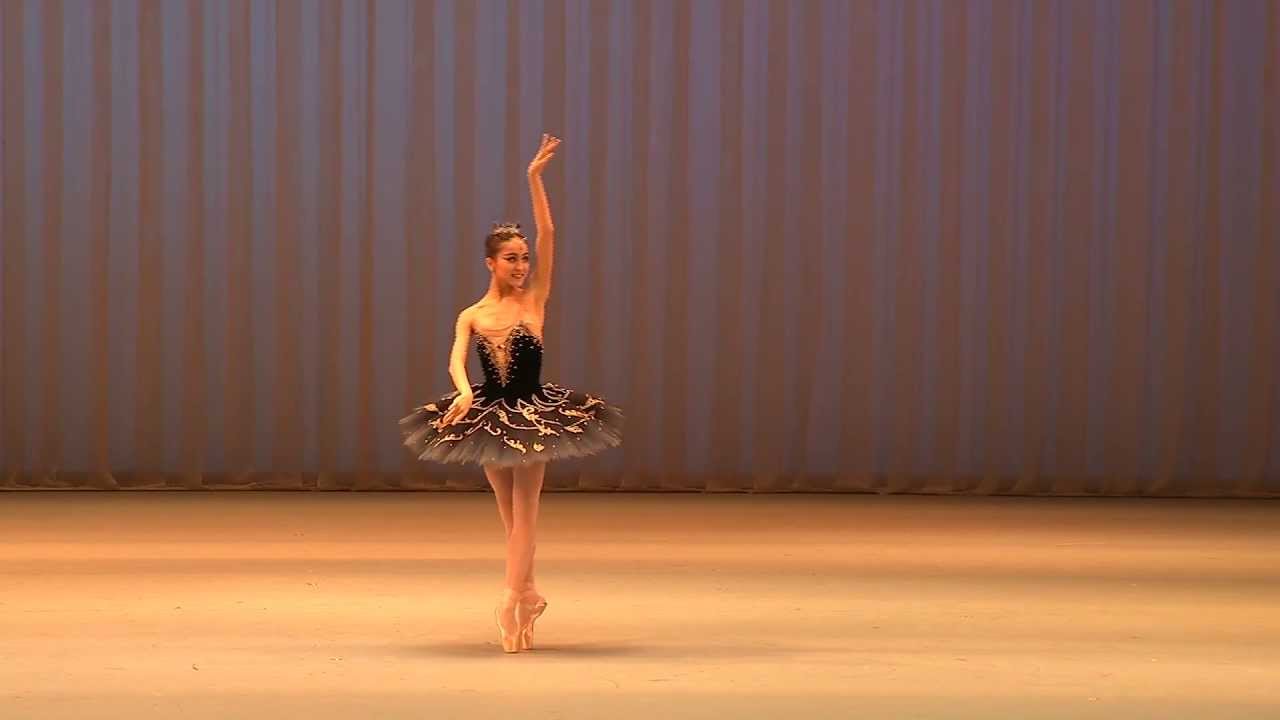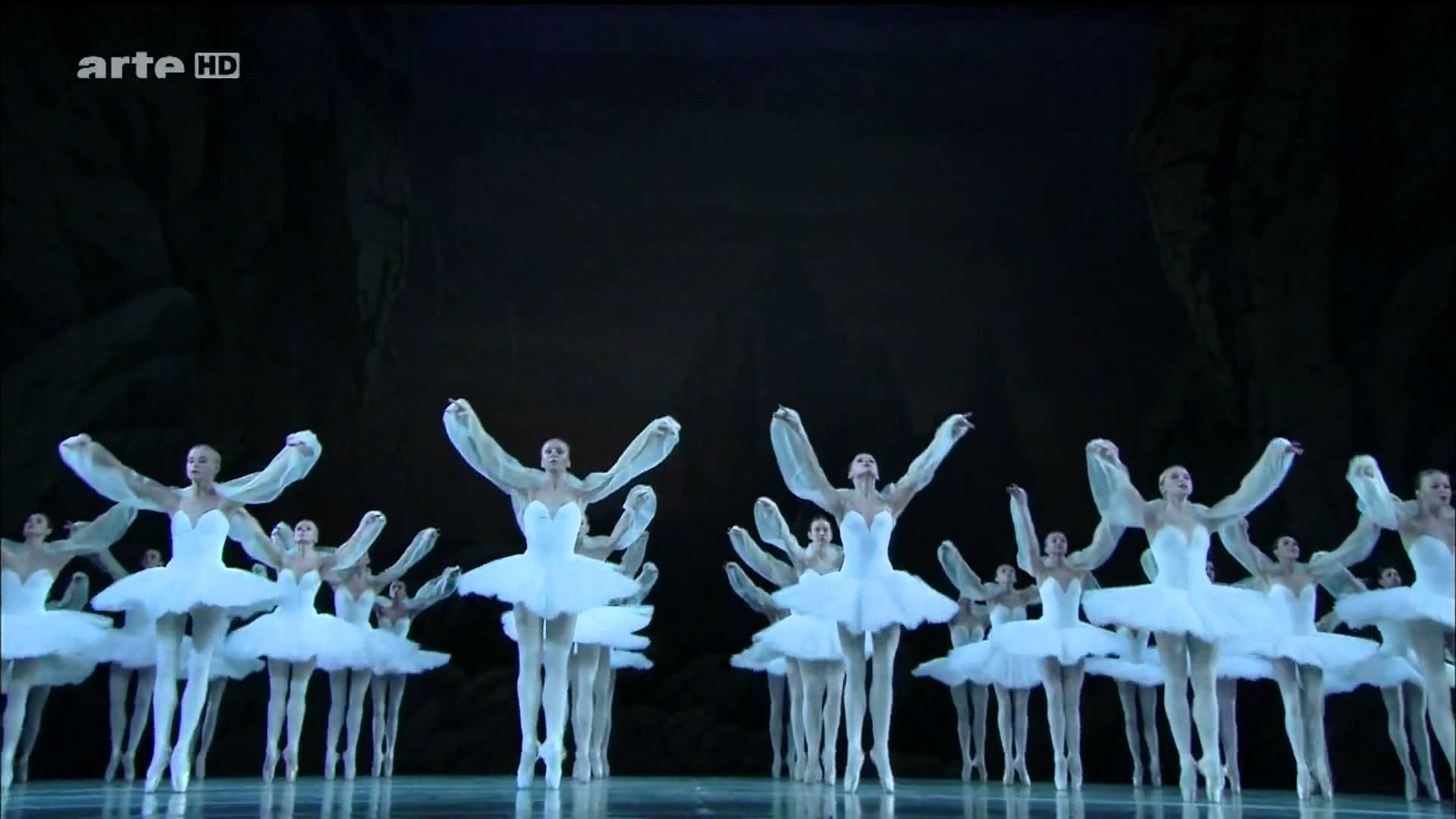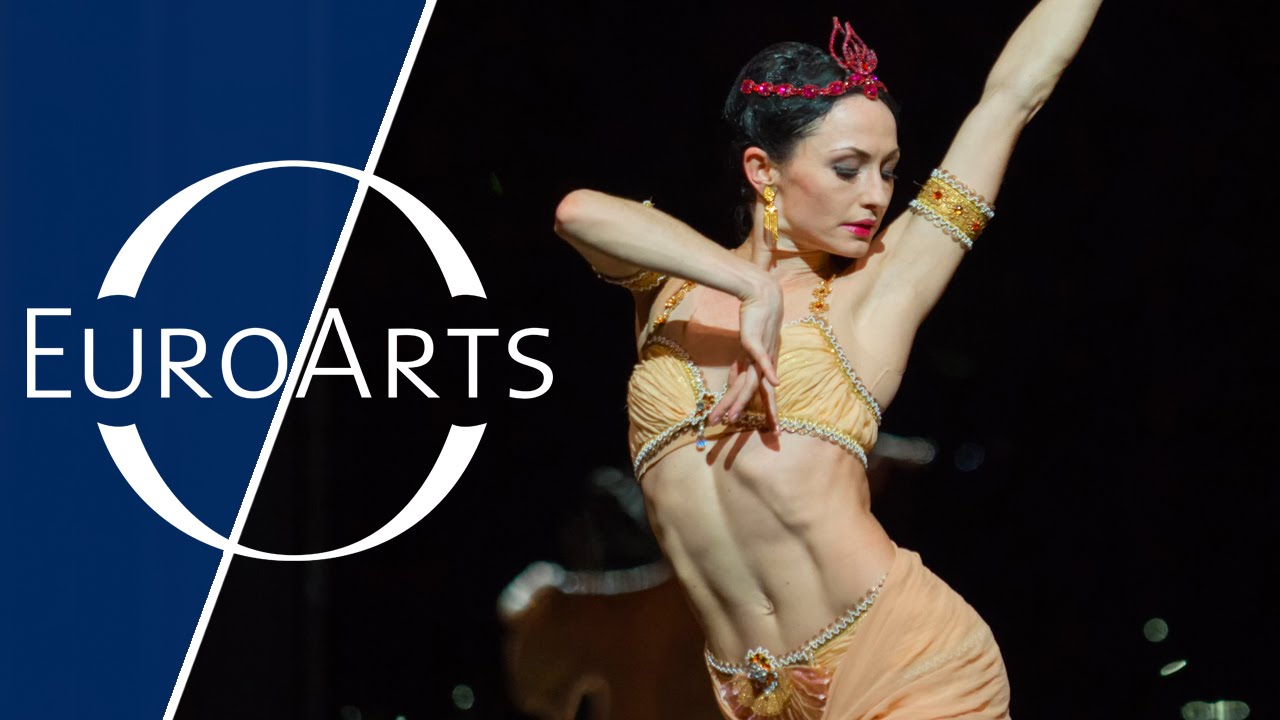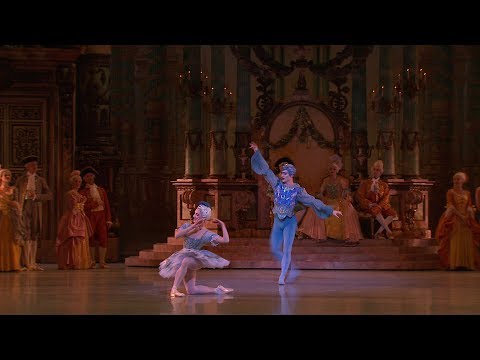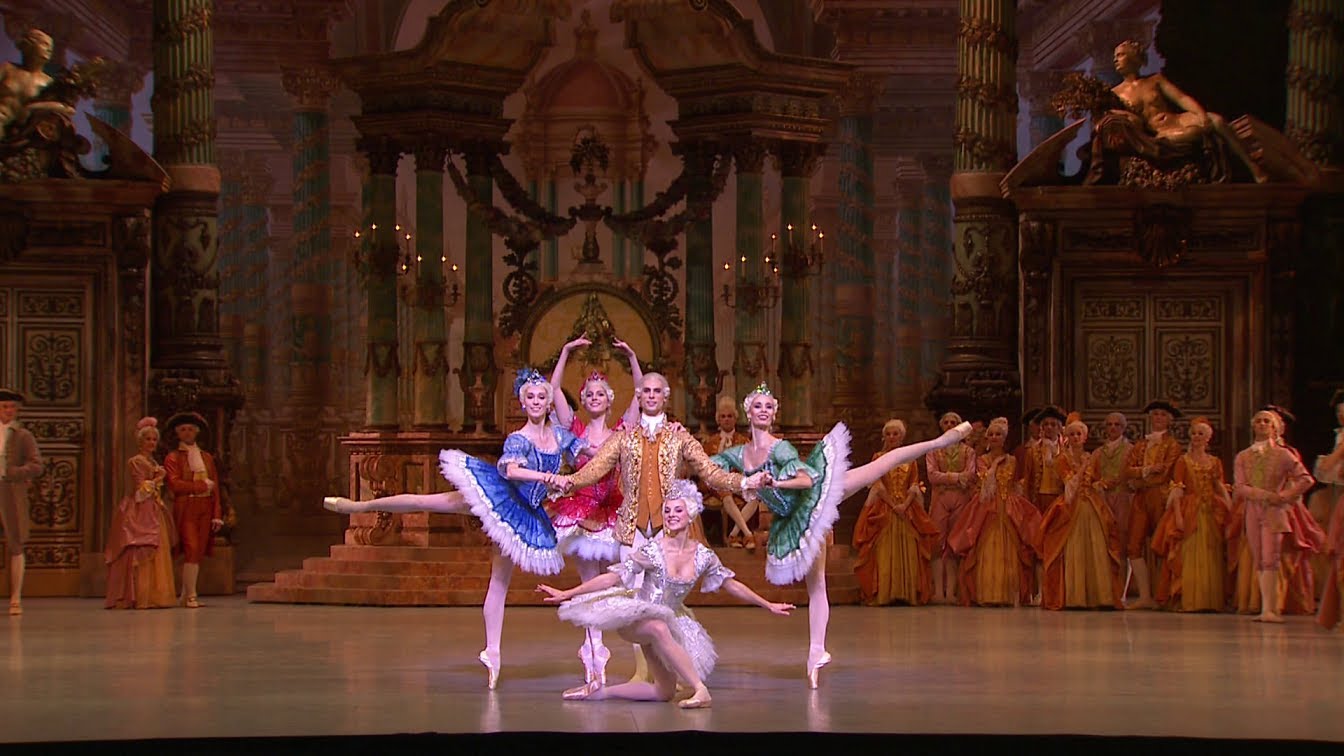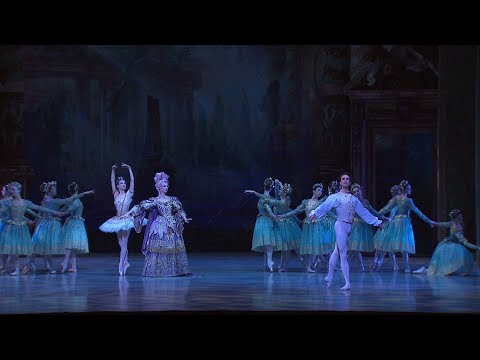DarkDancer06 Published on May 26, 2015
Here is a comparative viewing of the Three Solo Shades from the Kingdom of the Shades scene of the third act of “La Bayadère” – the traditional variations performed by Elizaveta Cheprasova, Yana Selina and Daria Vasnetsova and the notated variations performed by Leta Biasucci, Angelica Generosa and Carli Samuelson.
For those of who saw Sergei Vikharev’s 2001 reconstruction of “La Bayadère”, you’ll probably notice that the notated variations were not the ones performed in that reconstruction. This is because Vikharev did not stage 100% reconstructions of “La Bayadère” or “The Sleeping Beauty” – he retained many of the Soviet changes in both productions, especially in “La Bayadère”. The Kingdom of Shades scene he used was the Soviet version, not Petipa’s version.
Apparently, the main reason Vikharev retained many of the Soviet changes in both reconstructions was because the Mariinsky dancers and coaches were all very reluctant to part with the Soviet choreography, so the ballerinas announced “all the same, we’re going to dance what we’re used to!” In the end, poor Vikharev retained many of the Soviet changes because he very likely would’ve got nothing, but grief if he hadn’t; the Kingdom of the Shades scene is a prime example of where the notated choreography was not restored. I feel so sorry for him – to do all that hard work and then have people just throw it back in your face like that; it’s so awful.
Anyway, the performances of the notated variations for the Three Shades is from one of Doug Fullington’s brilliant lectures held in New York, in which he reconstructed scenes and dance passages from “Le Corsaire”, “Le Roi Candaule” and “La Bayadère”.
*The Three Shades
The notated variations for the Three Shades are not the ones that would’ve been danced in the original 1877 version, but rather those of the ballerinas who danced them in the 1900 revival and those ballerinas were Varvara Rykhliakova, Agrippina Vaganova and Anna Pavlova. It certainly is interesting how the variations have either changed or remained quite similar over the years.
1. Varvara Rykhliakova – her variation has more or less changed by 50% over the years; it is the second most changed of the three variations.
2. Agrippina Vaganova – her variation is the one that has changed far less over the years. This obviously must’ve been one of Vaganova’s favourite variations, so therefore, she didn’t change it very much. Interestingly, Petipa didn’t like Vaganova as a dancer; every time he mentions her performances in his diaries, he always calls them “awful” or “dreadful”. Apparently, Vaganova was not born with a natural talent and she was very self-critical, but even so, the St Petersburg balletomanes and critics called her the “Queen of Variations”. As Doug pointed out in this lecture, her variation indicates that she must’ve been quite a jumper.
3. Anna Pavlova – her variation is the one that has changed the most over time, with the most obvious difference being that her variation was originally much faster than it is today. Pavlova was one of Petipa’s favourite ballerinas and interestingly, it was the role of Nikiya that shot her to fame. Petipa gave her the role in 1902, much to the dismay of Mathilde Kschessinskaya, who was not the type who liked to be upstaged in what she considered to be “her” roles. Nevertheless, she agreed to coach Pavlova in the role, primarily because she was unable to dance since she was pregnant at the time. Kschessinskaya considered Pavlova to be technically weak because of her frail image and small ankles and was certain that the young dancer would fail as Nikiya, but she was proven very wrong. Pavlova gave Petipa everything he had wanted in Nikiya and her frail physical look proved to work for the role, especially in the Kingdom of the Shades scene. The audience fell in love with the ethereal Pavlova and thus, a star was born. Nikiya was the last role that Pavlova danced with the Imperial Ballet in 1914.

 Add to favorites
Add to favorites
